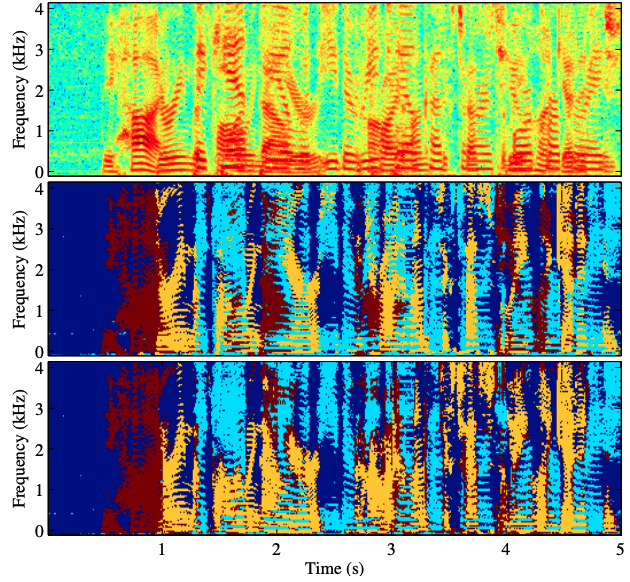Neural Target Speech Extraction: An Overview
Humans can listen to a target speaker even in challenging acoustic conditions that have noise, reverberation, and interfering speakers. This phenomenon is known as the cocktail-party effect. For decades, researchers have focused on approaching the listening ability of humans. One critical issue is handling interfering speakers because the target and non-target speech signals share similar characteristics, complicating their discrimination. Target speech/speaker extraction (TSE) isolates the speech signal of a target speaker from a mixture of several speakers with or without noises and reverberations using clues that identify the speaker in the mixture. Such clues might be a spatial clue indicating the direction of the target speaker, a video of the speaker's lips, or a pre-recorded enrollment utterance from which their voice characteristics can be derived. TSE is an emerging field of research that has received increased attention in recent years because it offers a practical approach to the cocktail-party problem and involves such aspects of signal processing as audio, visual, array processing, and deep learning. This paper focuses on recent neural-based approaches and presents an in-depth overview of TSE. We guide readers through the different major approaches, emphasizing the similarities among frameworks and discussing potential future directions.
PDF Abstract


 WSJ0-2mix
WSJ0-2mix